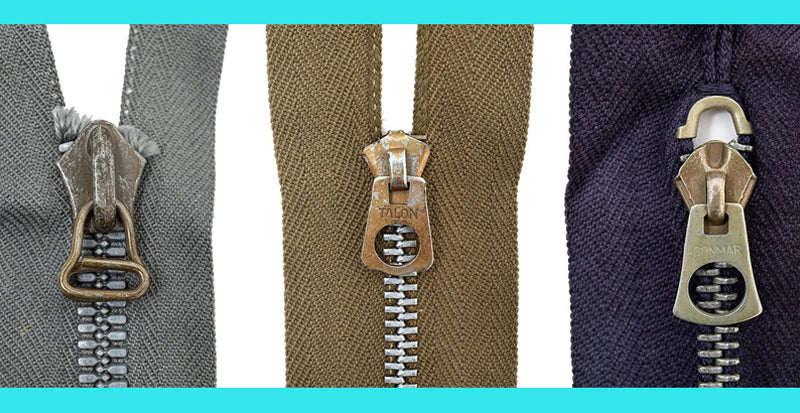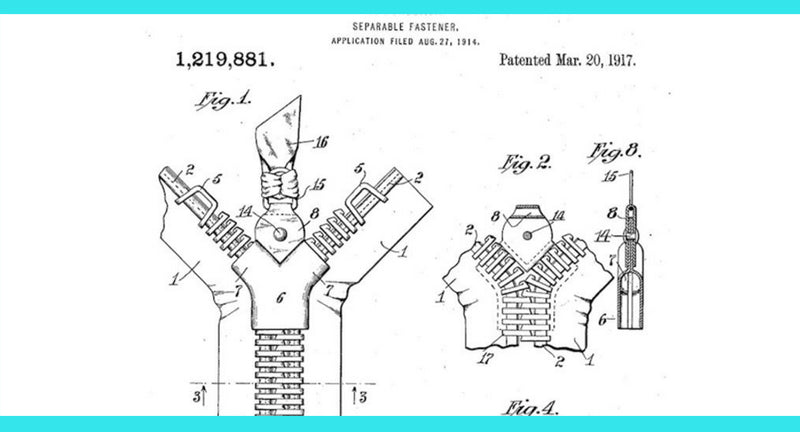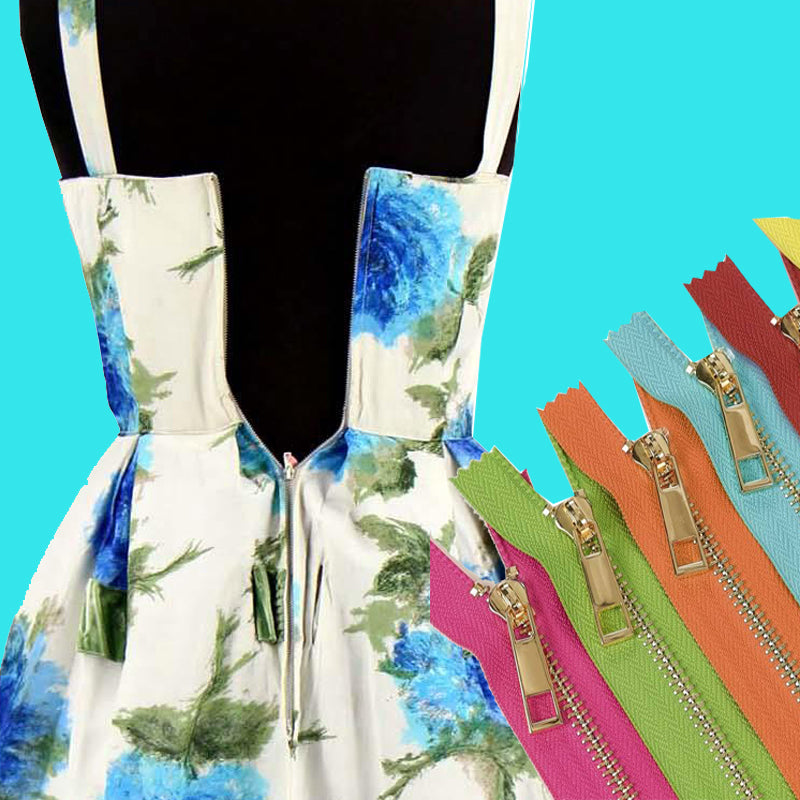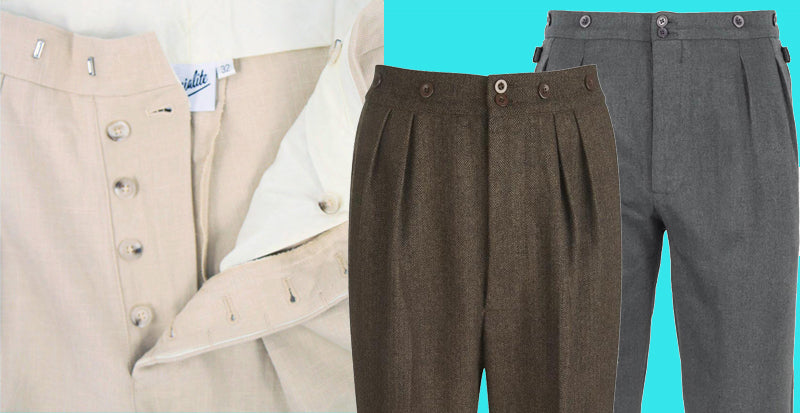
The History of the Zip
An early device known as an automatic continuous clothing closure, similar to the zipper was patented in 1851 by Elias Howe. It was a series of hook like clasps with no slider, instead the two sides were joined together with string. Pulling the string meant the two sides were drawn together and the clasps interlocked.
Over the following 20 years improvements were made by inventors and engineers associated with a series of companies.
Initial versions were based on a system of hook and eyes rather than interlocking teeth and tended to come apart easily. They relied on constant and even pressure from both sides of fabric. In 1891 there was a version which did have a type of slider but it was detached completely when not being used to open or close the zip.

Difficulties in getting machinery for mass production also prevented early devices from reaching market.
In 1906 Swedish born Gideon Soundback joined the Automatic Hook and Eye Company in America and through trial and error in 1913 invented the first version of a zipper with interlocking teeth to prevent the pulling apart problem called "hookless fastener no.1". A year later version 2 ironed out any previous design faults and led the way to commercial success.

The principle is each tooth has a dimple punched into the bottom and a conicle nib on top. Each nib of one side engages with the dimple of the tooth opposite on the other side. They are brought together by the two 'Y' channels of the slider. The teeth of course are clamped on to thick fabric so that it can easily be sewn to a garment.
The first type were made of a low friction long wearing brass alloy. The name zipper was used in 1923. They became popular for children and mens clothing in the 1920s / 30s. In the early 1930s the designer Elsa Schiaparelli featured zippers in her avant-garde gowns promoting them to be more popular in women's clothing.
In 1934, Tadao Yoshida founded a company in Tokyo, Japan, which later changed it's name to YKK (Yoshida Kogyo Kabushki-gaisha) and went on to become the worlds largest manufacturer of zippers and other fasteners.
By World war II, zips had become widely used in Europe and North America and after the war spread to the rest of the world.
Clergy in the 20s and 30s scorned the zipper for allowing clothes to be taken off more quickly therefore encouraging illicit sexual activity. Clothing with zips were not seen as appropriate for women's clothes by some and not fully adopted until the late 1950s. Can you believe it?

Some zipper style tips to help you date your clothes:
- Most men's trouser continued to have button flies through the 1940s.
- Coil type nylon zips were invented in 1940 but not in common use until the 1960s.
- Side seam zips were more common from the late 1930s - 1960s.
- Short centre back zips and sleeve zips are mostly late 1930s/40s.
- Centre back zips are seen occasionally on 1940s garments but generally later 1950s/60s and nearly always from 1970s on.































In the early 90s I purchased a vintage mens suit in Los Angeles, CA and the trousers had a type of covered zipper so the teeth were not visible. I never seen another one of those again.
Not sure if it was called the Wortex Cover Zip but I cannot find any information on it. Very cool invention.
I have an older straw clutch that has a metal tooth zipper on it. The zipper pull on this bag has the letters "FLA"or “FLAS” stamped diagonally on the top side of the metal zipper pull. On the underside it spells “MADE IN ENGLAND”. Do you have any information about tis company? thanks for your time.
Best,
Joy
What years were the metal zippers by regal used. Found a mens or boys swim trunks with this and just wondering about the era. Thanks again, Mrs Maxwell
I had a used/vintage pair of denim (maternity?) pants with horizontal zippers, each consisting of a single row of teeth and a tab that pulled along the teeth and locked anywhere along the way. There were two zippers running along the waist band each from center opening to side seam, anchoring a center panel covering the opening. The pull-tab design looked something like the fletch of an arrow.
I cannot find any information or reference to this closure mechanism. Would you have any examples or information?
I’ve always thought there weren’t zippers in 1920s clothes, but in watching The Show (1927) tonight, I noticed what appears to be a zipper running down the back of Renée Adorée’s dress towards the end of the show. Check it out and see what you think. It was my shock at seeing this that started the search that lead to your blog. I’m completely intrigued.